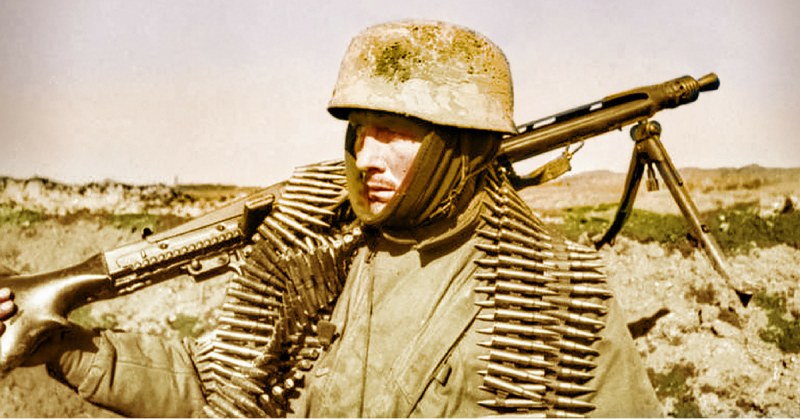In 1935, the head of the Abwehr, Admiral Wilhelm Canaris, enlisted the services of a veteran of the colonial wars, Captain Theodor von Hippel. Canaris decided to transfer the positive experience of the “colonial” sabotage used by the Germans in Tanganyika, during the East African Company, to the European theater of military operations.
The first such unit was the battalion “Ebbinghaus”. In September 1939, this battalion participated in battles on the Polish border. In its composition, Ebbinghaus were ethnic Germans, who had previously lived in Poland and knew the Polish language, and the country’s traditions. The soldiers of Ebbinghaus helped advance German troops through Poland, and seized or destroyed important communications.
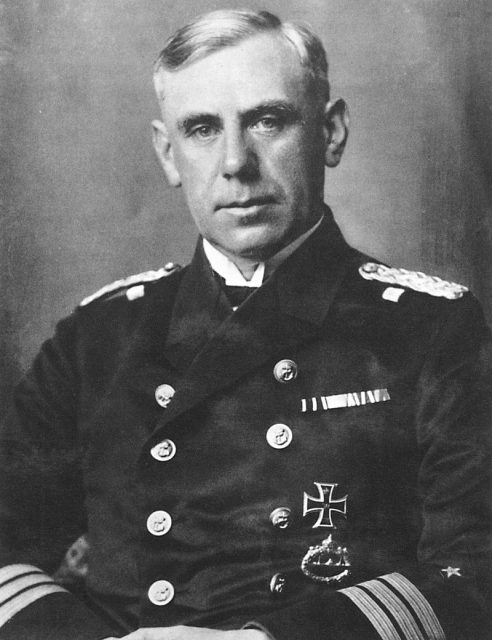
Despite the effectiveness of the actions of the Ebbinghaus soldiers, the unit was disbanded after the occupation of Poland. In September 1939, it was decided to create a special purpose unit. The following month, in October, an order was issued for the creation of the 800th Special Purpose Training and Construction Company within the city of Brandenburg. This name was assigned for the purpose of secrecy.
In the spring of 1940, the battalion was reorganized into a regiment called the 800th Special Purpose Instruction Regiment Brandenburg. The word “Instruction” was used for conspiracy. The newly created battalion consisted of parachute and motorcycle platoons, as well as four companies: the first consisted of Russian, Finnish and Baltic Germans, the second – French, Portuguese, African and English Germans, the third, Yugoslav and Sudeten Germans, the fourth, Polish Germans.
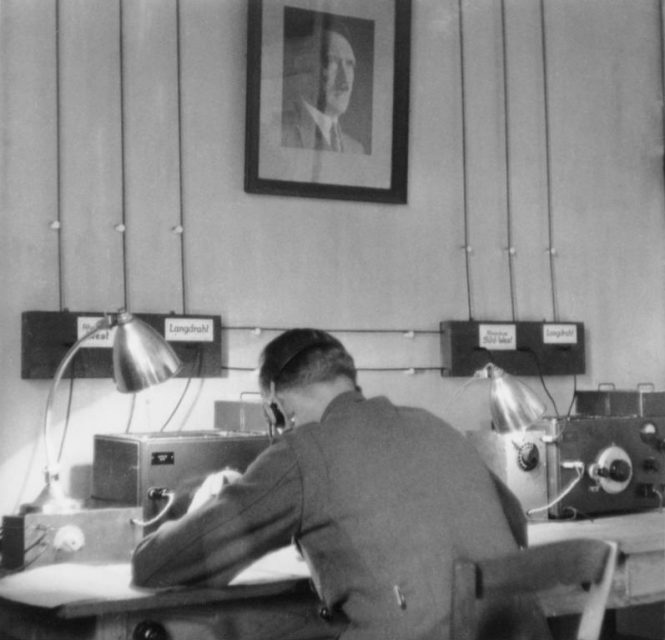
The recruitment of recruits into the Brandenburg 800 was carried out under many stringent requirements. In addition to persons of German nationality, residents of other countries were recruited.
They had to master two languages, have a high level of intelligence, good self discipline, and be in good physical shape and of course, support the ideology of the Third Reich.
![German sapper(note the Iron Cross, First Class) planting an explosives in the railroad before the retreat. Grodno, 16-17 July 1944 [via]](https://www.warhistoryonline.com/wp-content/uploads/sites/64/2016/06/24.Bundesarchiv_Bild_101I-695-0404-04_larger_version-452x640.jpg)
Soldiers mastered hand to hand combat, engineering, and subversive work, working with a card, the skills of making forged documents, destroying tanks, driving all types of transport and much more.
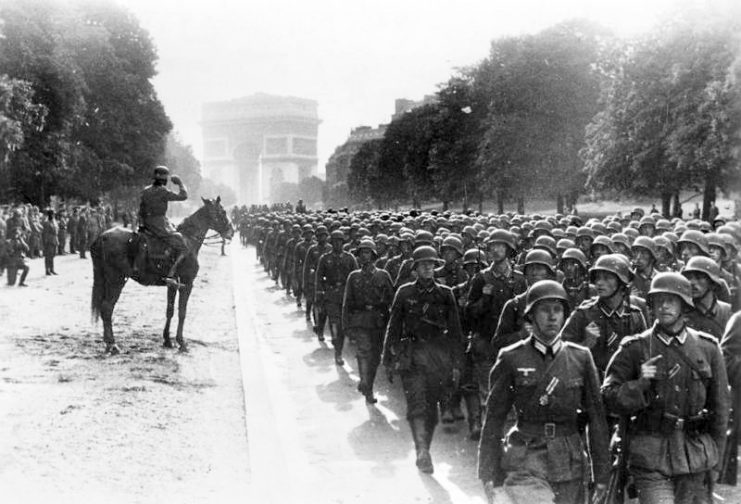
In 1941, in the training camps Krinitsa, Barvinek, Dukla and Kamenitsa, specialists from Brandenburg trained Ukrainian nationalists from special units (Battalions) “Nachtigall” (English: Nightingale Battalion) and “Roland”. Also, there was a training of the special purpose “Bergmann” battalion consisting of five separate companies, staffed by volunteers from the North Caucasus.
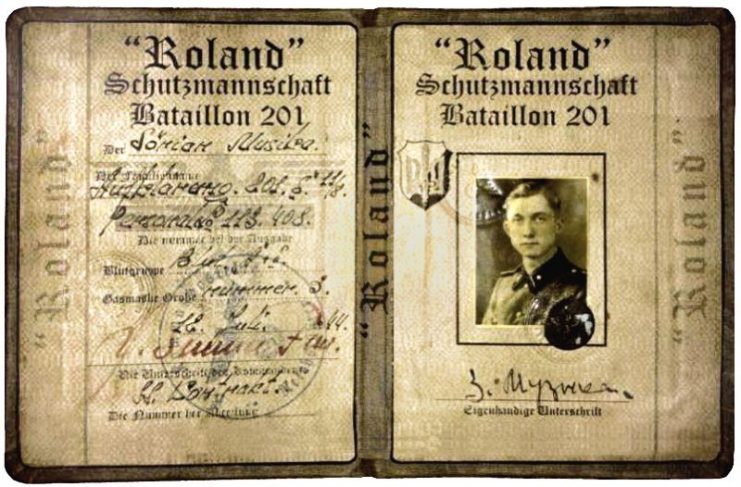
The units of the Brandenburg 800 regiment, which later became a division, conducted reconnaissance and sabotage operations at the rear of the Soviet troops and armies of countries that were members of the anti Hitler coalition. Groups of saboteurs were formed depending on the nature of the operation. Often they consisted of groups of 5 to 12 people or a whole company.
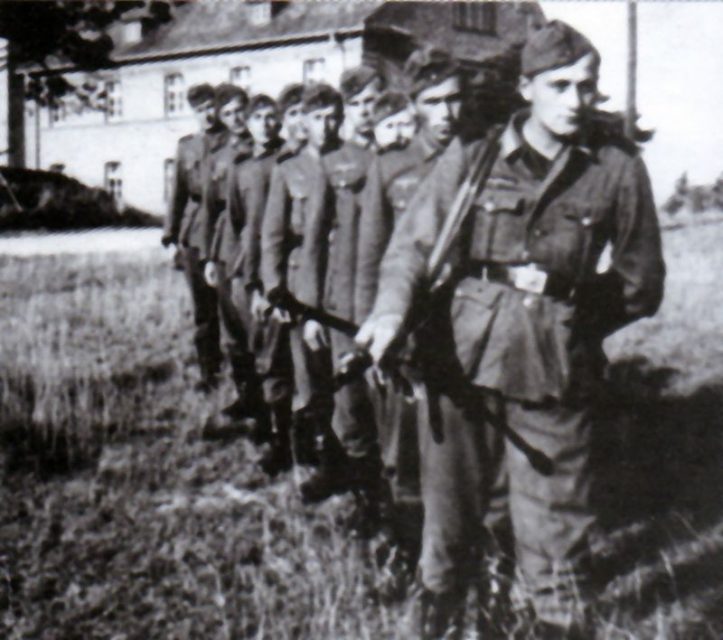
In Belgium, the disguised fighters of Brandenburg, dressed in the uniform of French soldiers, conducted a deep reconnaissance and prepared a springboard for the capture of the fort Eben Emael. In 1941, the reconnaissance group of Brandenburg was first in Athens and ensured the protection of urban sites, and raised the building of the Athenian government.
While in the territory of Yugoslavia and Greece, German saboteurs carried out reconnaissance, seized key objects on the Danube and coordinated the actions of the advancing units of the Wehrmacht.
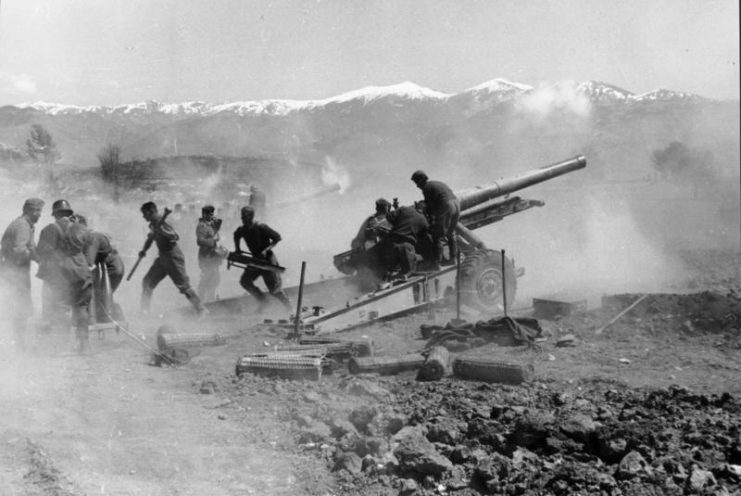
The saboteurs of the Brandenburg group skillfully disguised themselves depending on the planned goals. For example, on June 26, 1941, soldiers of the 8th company of the Brandenburg Regiment disguised as Soviet fighters on 4 trucks drove up to the bridge over the Western Dvina River. Soviet border guards guarded the bridge.
They missed the first truck, but the second one aroused suspicion. After this, a shootout began, as a result of which the Germans seized the bridge.

One of the most famous operations of Brandenburg was the capture of the city of Maykop in the summer of 1942. A unit of 62 people dressed in the clothes of NKVD fighters on captured ZIS trucks, penetrated into Maykop. The commander of the Brandenburgers, Lieutenant von Völkersam, introduced himself as an NKVD officer and received information about the location of the defense units and the situation in the city.
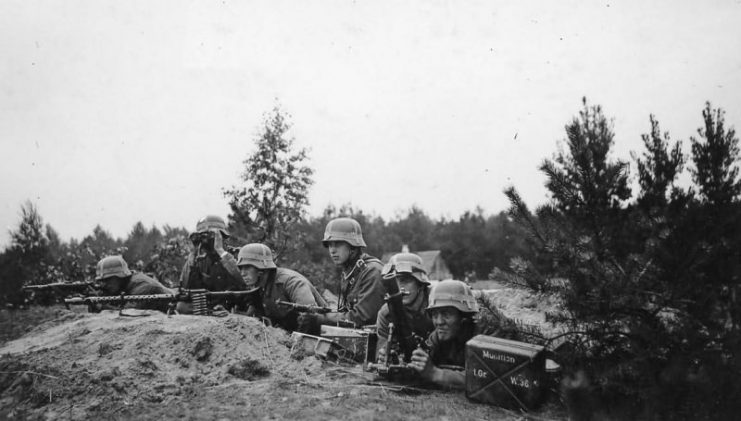
Having received the necessary information, he ordered his soldiers to seize the communication center, thus depriving the Soviet garrison of communication. After this, the saboteurs spread disinformation about the fact that German troops are surrounding Maykop and soon the city will be captured.
Soldiers of the Red Army were frightened and began to leave their positions, thus depriving the city of protection. After a day, the Wehrmacht’s forces seized Maykop practically without a fight.
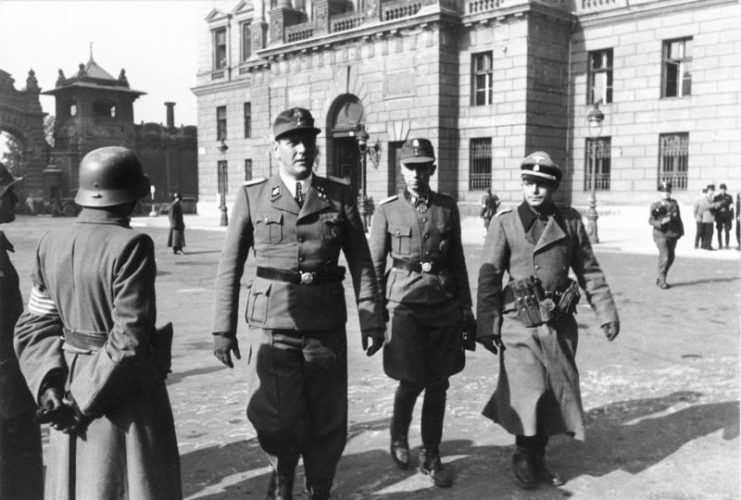
In addition, the soldiers of Brandenburg carried out sabotage operations far beyond the borders of the Reich in the Middle East, Iran, Afghanistan, and India. The main purposes of the saboteurs were communications, intelligence, and organization of anti colonial uprisings.
The units performed many successful operations during the Second World War, but serious setbacks occurred periodically. In July 1944, Admiral Wilhelm Canaris was arrested as one of the participants in the assassination attempt on Hitler.
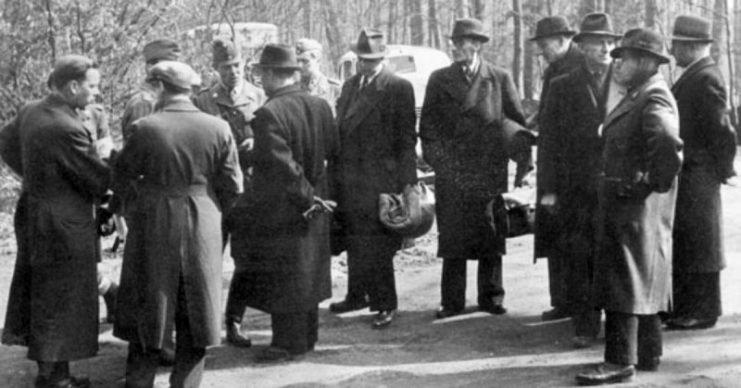
In September 1944, on the orders of Hitler, the Brandenburg 800 division was disbanded, and the subunit of subversives was reassigned to services such as the security service, the RSHA, and Gestapo. Then the soldiers of Brandenburg were included in the division of “Great Germany”.
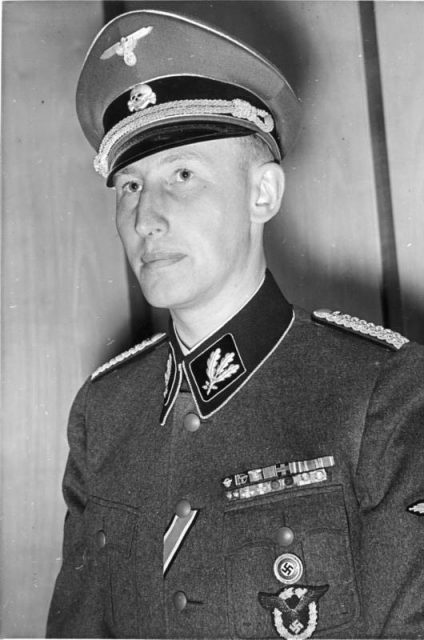
After the war, many Brandenburg fighters who managed to avoid death in battle or imprisonment preferred to continue their service in various special units.
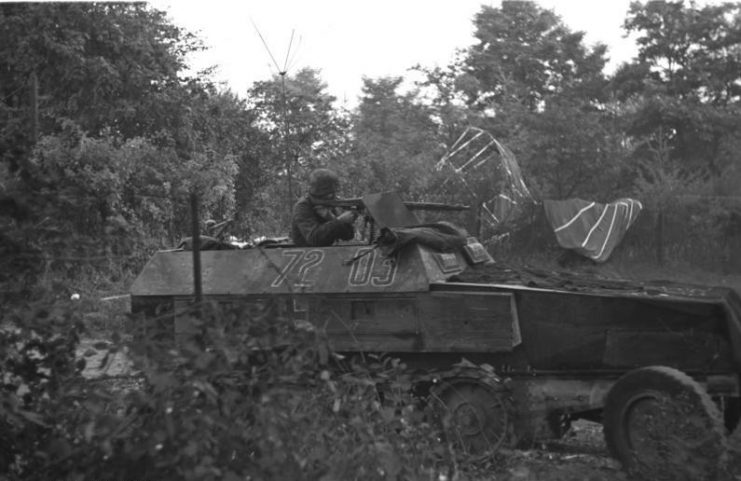
Read another article from us – Hitler’s Dirty Dozen
The experience gained in the war allowed them to get the opportunity to join the ranks of Special Forces around the world, including the American CIA and the British SAS. Many of the German saboteurs worked in the countries of Africa as professional mercenaries.
